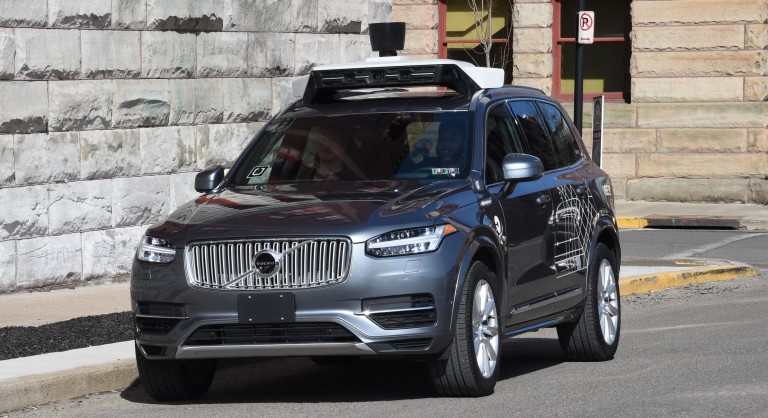Uber is reportedly laying off its driverless-cars operators in Pittsburgh, the city at the center of its self-driving project. About 100 people will be laid off and replaced by 55 “mission specialists” trained to offer more technical feedback to vehicle developers.
Fatal flaws: It isn’t surprising that Uber is rethinking its plans. One of its cars struck and killed a pedestrian in Tempe, Arizona, earlier this year. Most damning, according to an official report, is that the car saw the pedestrian but did not to react.
Obstacles ahead: Uber launched its self-driving-vehicle project in 2016, and I got to sit behind the wheel of one its first cars as it careened around the streets of Pittsburgh. However, experts I spoke to warned that some challenges, like dealing with bad weather, would be hard to solve.
Look, no hands: Uber’s move also reflects something that few involved with the technology are keen to admit: going from partial to full autonomy is a lot harder than it seems. The driver of the car in Arizona was reportedly distracted at the time of the crash, but research shows that some form of driver disengagement may be almost impossible to avoid.

